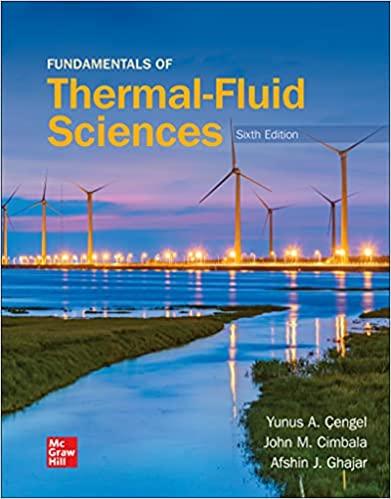Answered step by step
Verified Expert Solution
Question
1 Approved Answer
Safety Engineering - design criteria: safe design of a workplace - collaborative activity In a factory, there is a tank filled with gasoline. The tank
Safety Engineering design criteria: safe design of a workplace collaborative activity
In a factory, there is a tank filled with gasoline. The tank has a maximum capacity of liters. The room housing the tank
is maintained at and has dimensions of feet in length, feet in width, and feet in height. For
simplicity, assume the tank is the sole object in the room.
A worker is required to visually inspect the room six times daily, with each inspection lasting minutes. If the worker is
exposed to chemical concentrations exceeding the STEL level, medical care is needed, costing $ and the company
incurs a fine of $
The safety engineering team is assessing the unlikely scenario of a tank rupture occurring once every five years, leading to
the entire volume of gasoline spilling instantaneously onto the work area. For this scenario, the liquid gasoline is assumed
to uniformly cover the floor. The full floor area is taken as the evaporation surface. Under the same conditions, BuAc has an
evaporation rate of liters minute. Given that gasoline's evaporation rate is times that of BuAc, and that the
evaporation rate is considered constant, the time required for complete evaporation can be determined as the total volume
divided by the evaporation rate.
To prevent environmental contamination, there's no drain for the spilled gasoline. It simply evaporates, and the
recirculation ventilator of filters the air in the room using an efficient recirculation filter. No infiltration is
allowed for the same environmental reasons the room is hermetically sealed
The team is concerned of:
Direct contact of humans to the gasoline on the floor.
The impact of gasoline vapors on the CEL ceiling exposure limit What is the reaction time for:
a A worker not wearing any PPE no mask who has a P mask available eg in their pocket
b A worker continuously wearing a P mask efficiency
c A worker continuously wearing a P mask efficiency
Note: P masks are oilresistant and can be used in environments where oilbased particles are present. They
filter out for P or for P of particles.
The concentration of gasoline vapors surpassing the LEL. To reduce the risk of an explosion, the team needs to
compute the reaction time, the time for which, under current configuration, the vapour concentration is below LEL.
This time is used to shutdown all the electronic and electrical equipment in the room and exit the room.
Any other risks to workers.
The duration required to safely reaccess the room.
One solution is to change the ventilator in the current design and increase the recirculation ventilation speed.
a What should be the CFM of the new ventilator to avoid the above vapourrelated risks to
b What is the maximum cost reasonably practicable for this ventilator?
ALARP values to consider for injuries in the table on the right.
Additional details:
Gasoline: molecular weight liquid density
Masimum Tolerable Risk per annum
Employee
Pubic
Broadly Accepcable Risk per annum
Employee and public
gasoline LEL gasoline TWEL PPM
mole volume at
gasoline STEL for minutes, gasoline C EL value for mixing factor
For simplicity, the room's pressure remains constant.
Present your findings in a table spanning hours postincident. Compute data for each second from to minute and then
for every minute from to minutes.

Step by Step Solution
There are 3 Steps involved in it
Step: 1

Get Instant Access to Expert-Tailored Solutions
See step-by-step solutions with expert insights and AI powered tools for academic success
Step: 2

Step: 3

Ace Your Homework with AI
Get the answers you need in no time with our AI-driven, step-by-step assistance
Get Started


